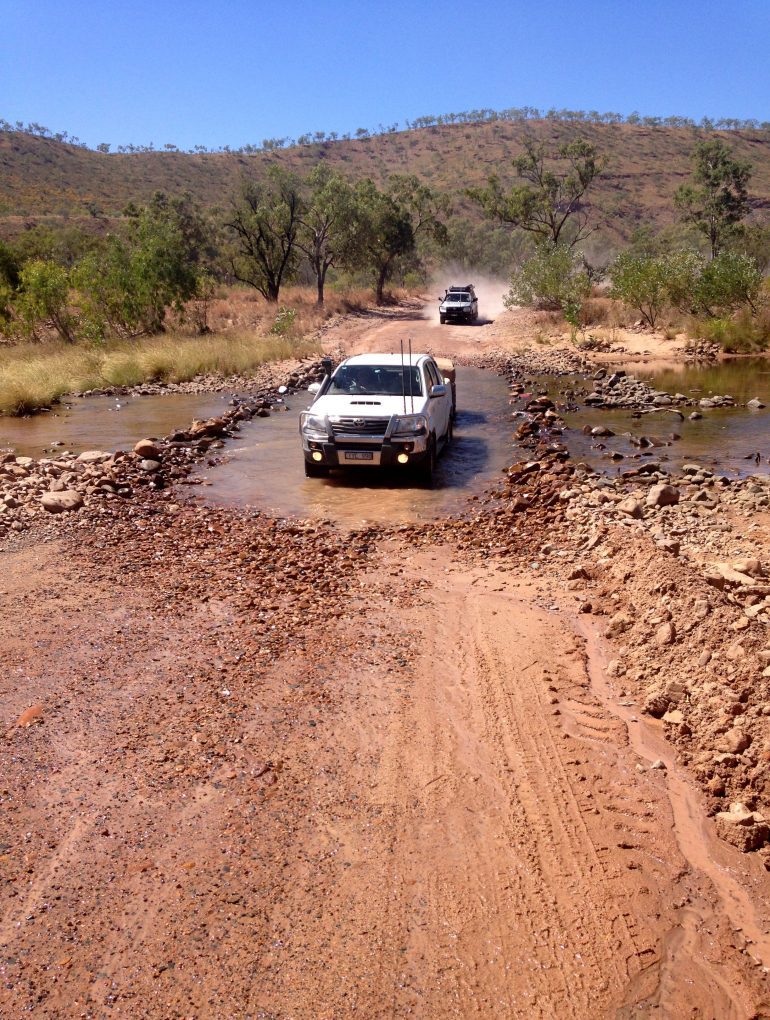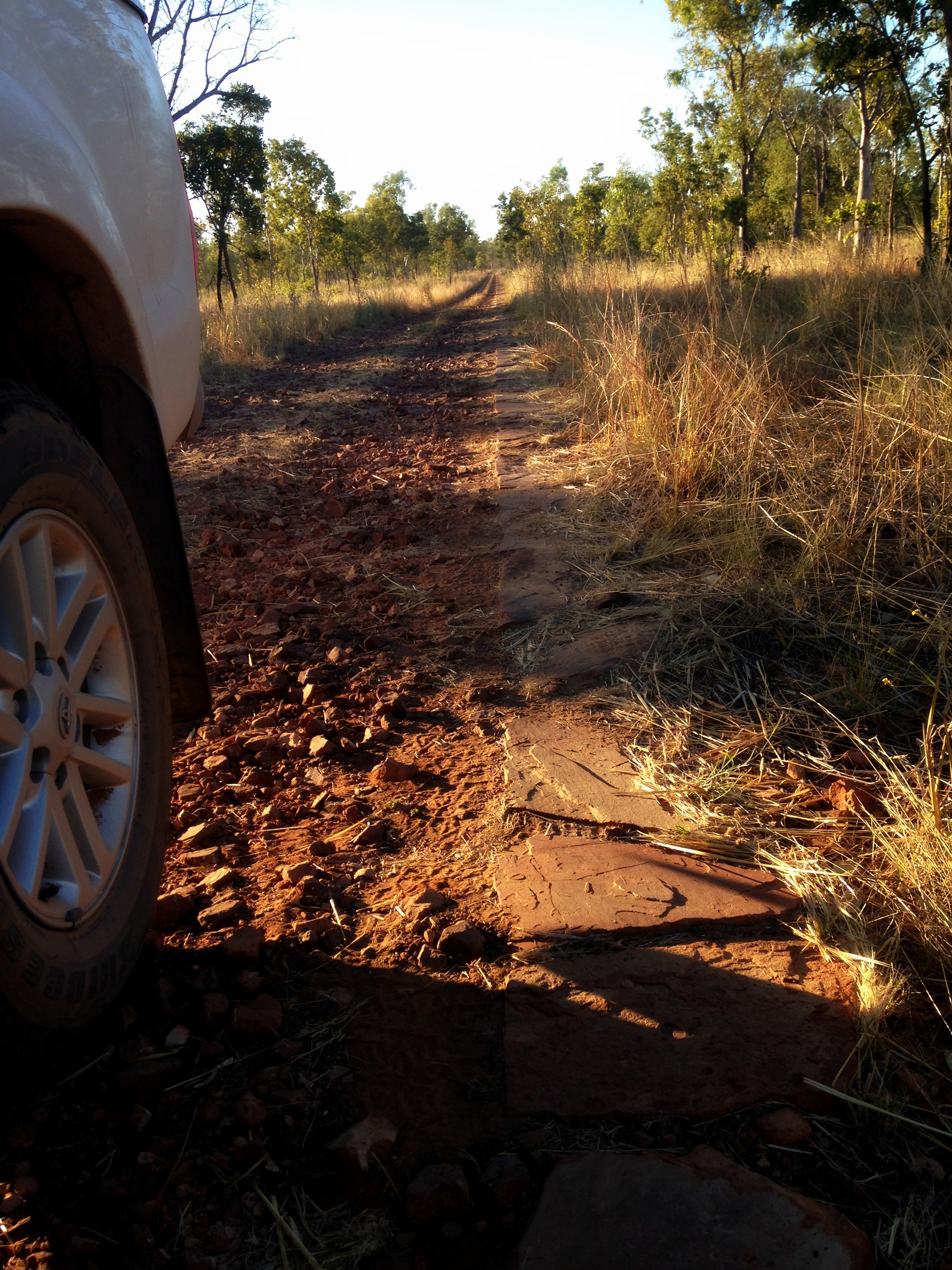You’ve seen it in the Hollywood movies, but now you’re actually going to meet each other face to face. The Outback is mother nature’s harshest gift to humankind because it’s beautiful, vast, yet deadly if you don’t know what you’re doing when crossing it. Just like there many fascinating living creatures around the world, so too is the behavior of this shifting and challenging land. Don’t ever underestimate it, and those who fail to learn to respect the orange and red sands of the outback, surely will by the time it has had its way with you. But, with a little common sense, planning, and knowledge about how to survive in the outback, it can be the most unforgettable drive you’ll ever have. Thousands of people in Australia see it as a rite of passage, to cross the outback in a four-wheel drive car. There are risks taken in the adventure, but if you take on some knowledge about the terrain, conditions you’ll be up against, and driving rules, you minimize the hazards and maximise the fun.
Driving on sand
Driving in 4×4 offroad on sand requires an understanding of the correct tyre pressure, and the ability to keep your momentum when driving through soft boggy sand. The key to driving in deep sand and not getting trapped is to know how tyre pressure works in the retreating ground beneath the vehicle. The less pressure you have in the tyre, the more of a collapsed feel it’s going to have, which gives you most grip but not having enough puts strain on the structural integrity of the tyre. The safety board you will need to drive past will have a ranger in the office who will inform you of the certain tyre pressure you need for the conditions, but the general rule is to reduce the pressure between 17psi to 22psi. Accelerating, braking and turning with low pressures affect the handling and response time of the vehicle. A wireless tyre pressure monitor gives you technology that keeps an eye on the pressure of all four tyres for you. There are many rocks, and sharp dried wood branches in the outback that can burst or damage the tyre, so having a way to keep tabs on them is going to give you the vital information that could save your tyre from rupturing and potentially save your life.
Don’t veer from the track
If you read up on the past situations where unfortunately people have died while out in the outback, there’s always a common cause to starting off the avoidable series of events. They leave the main road or track. Unless you’re a native and know the land like the back of your hand, you must take heed from those who didn’t. Time and time again, rangers who live out there, tell tourists never to go their own way, and always follow the track that’s been carved out by people who have navigated deep into no man’s land, and found every possible route there is in the outback. People underestimate just how enormously vast the outback really is, but to put it into perspective, you could fit the land mass of Argentina almost three times inside Australia. Even if you manage to contact help, it can take days before a rescue vehicle can come to your aid. If can’t contact support, It can also take search parties up to weeks to find you, even if they’re searching with a helicopter, it can still take up to days to find your car.





